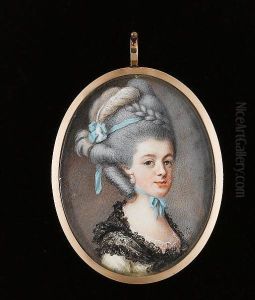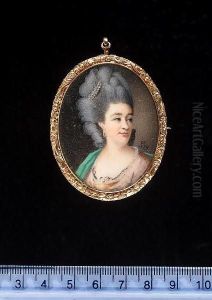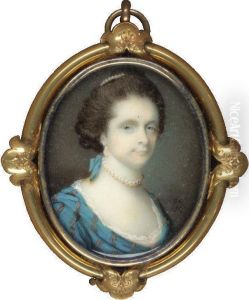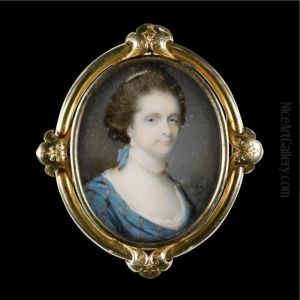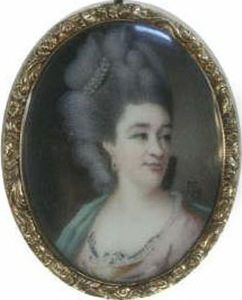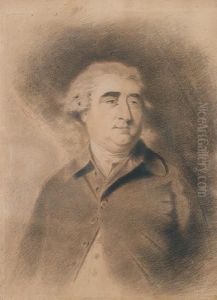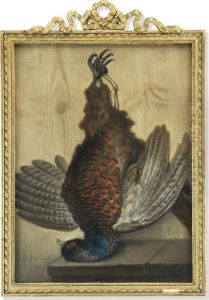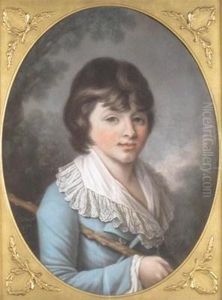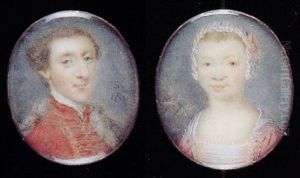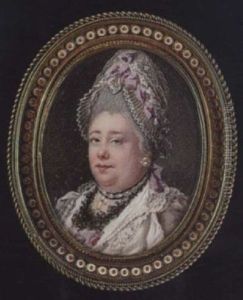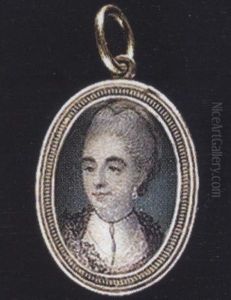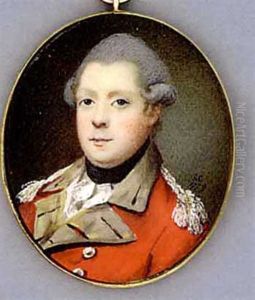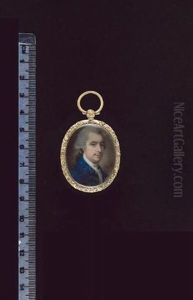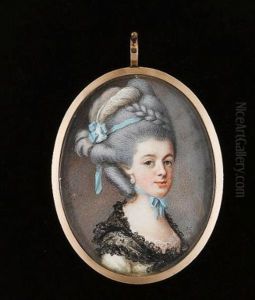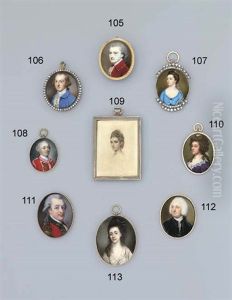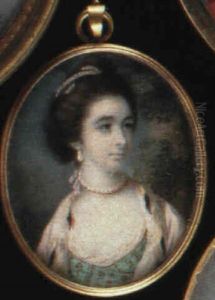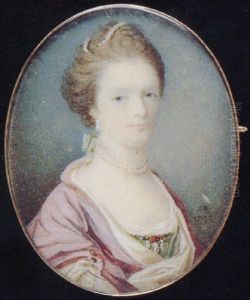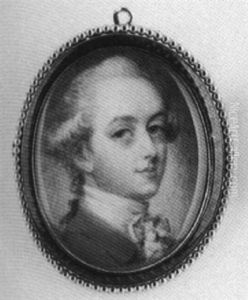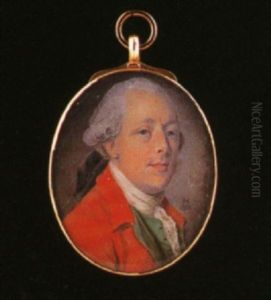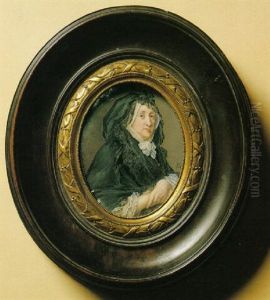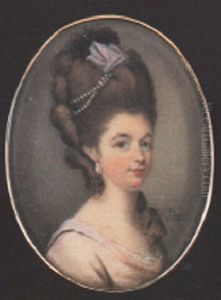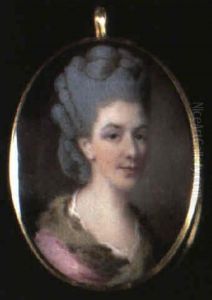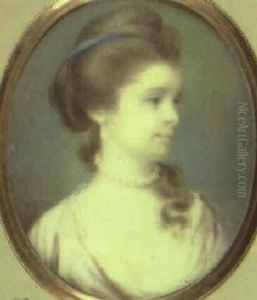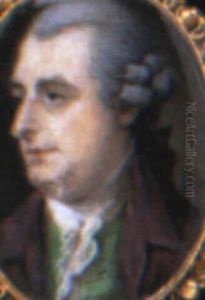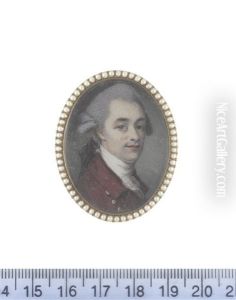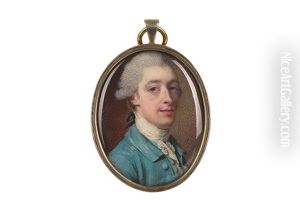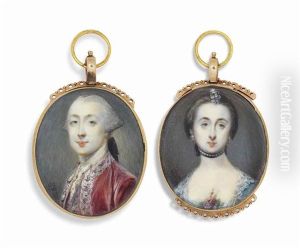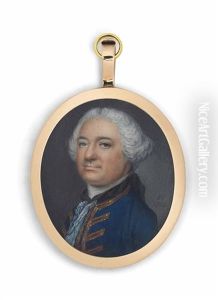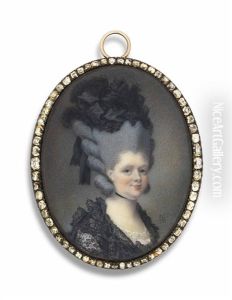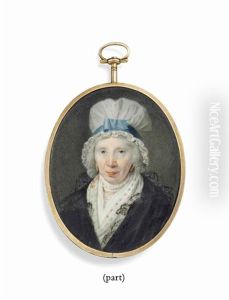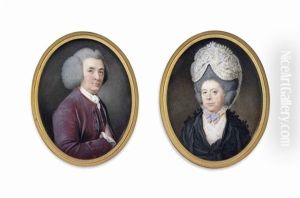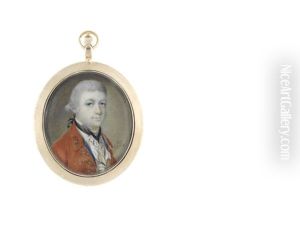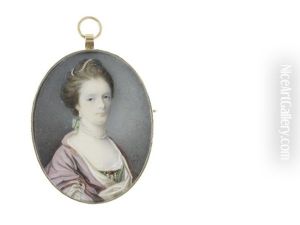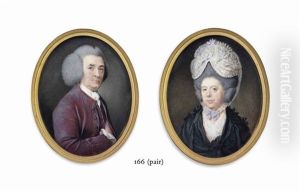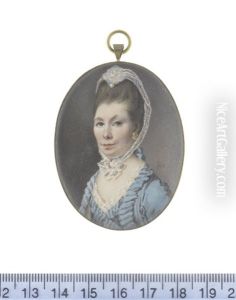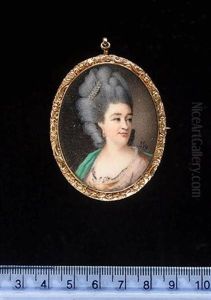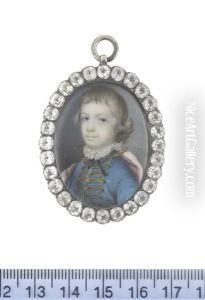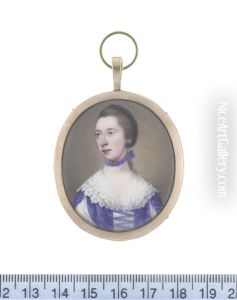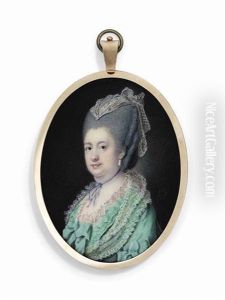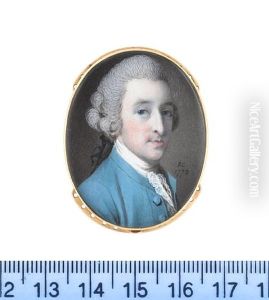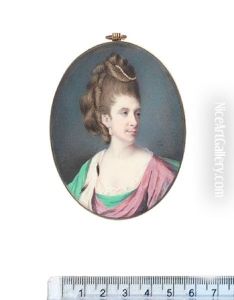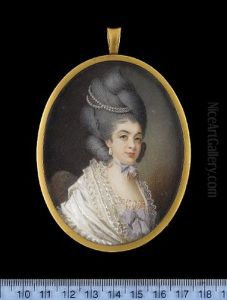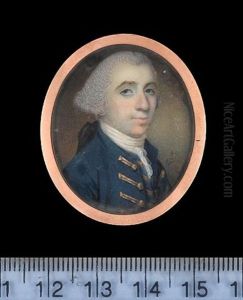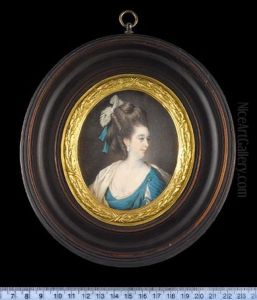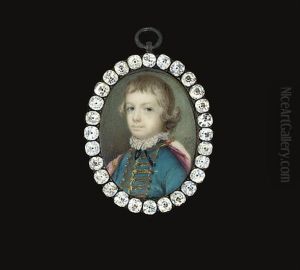Samuel Cotes Paintings
Samuel Cotes was an English painter born in 1734, known primarily for his portrait work and miniature paintings. He was part of a family with strong artistic roots; his brother, Francis Cotes, was also a notable artist of the era, recognized for his pioneering work in pastel painting. Samuel's own style, however, leaned more towards watercolors and enamels, mediums that were popular for miniature portraits at the time.
Cotes received his artistic training from his elder brother, Francis, and quickly established himself as a skilled portraitist. His clientele included many notable figures of his day, and his work was characterized by its delicate brushwork and attention to detail, reflecting the Rococo style that was fashionable during the mid-18th century. Samuel's portraits were not only appreciated for their aesthetic qualities but also for their ability to capture the character and essence of his subjects.
Throughout his career, Samuel Cotes exhibited at the Society of Artists and became a member in 1761. While he never achieved the same level of fame as his brother Francis, Samuel's contributions to the field of miniature painting were significant. His works were sought after, and he enjoyed a certain level of commercial success.
Cotes lived through a period of significant political and social change, including the American War of Independence and the early stages of the Industrial Revolution. Although these events did not directly influence his artwork, they formed the backdrop of his life and career. Samuel Cotes continued to paint until his later years, and his legacy is preserved through the miniatures and portraits that remain. He died in 1818, leaving behind a body of work that provides insight into the fashions and faces of Georgian England.
